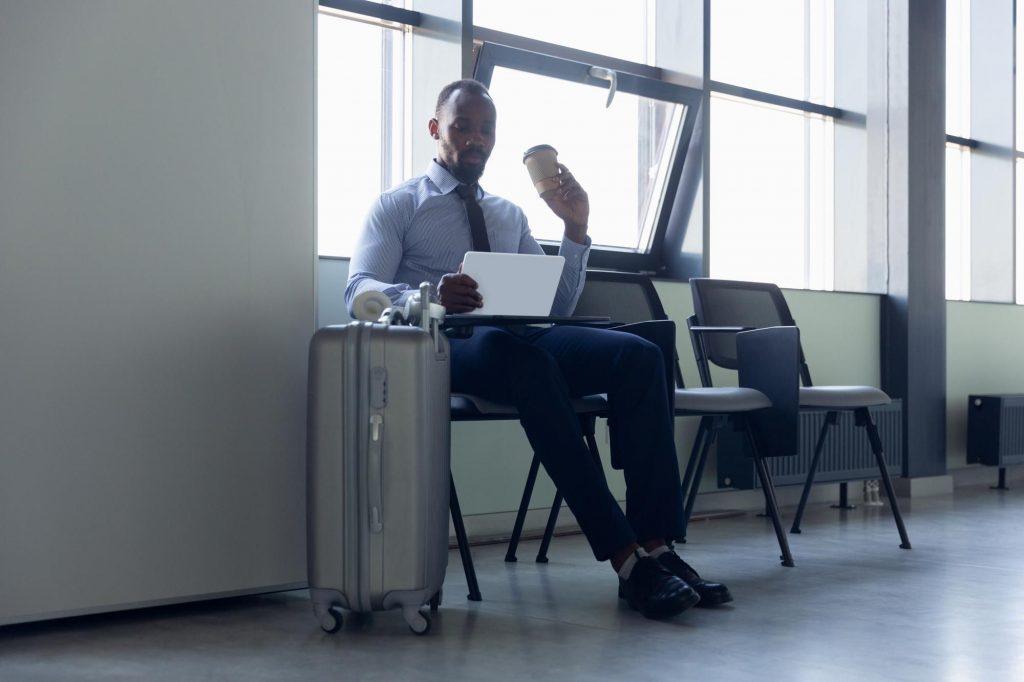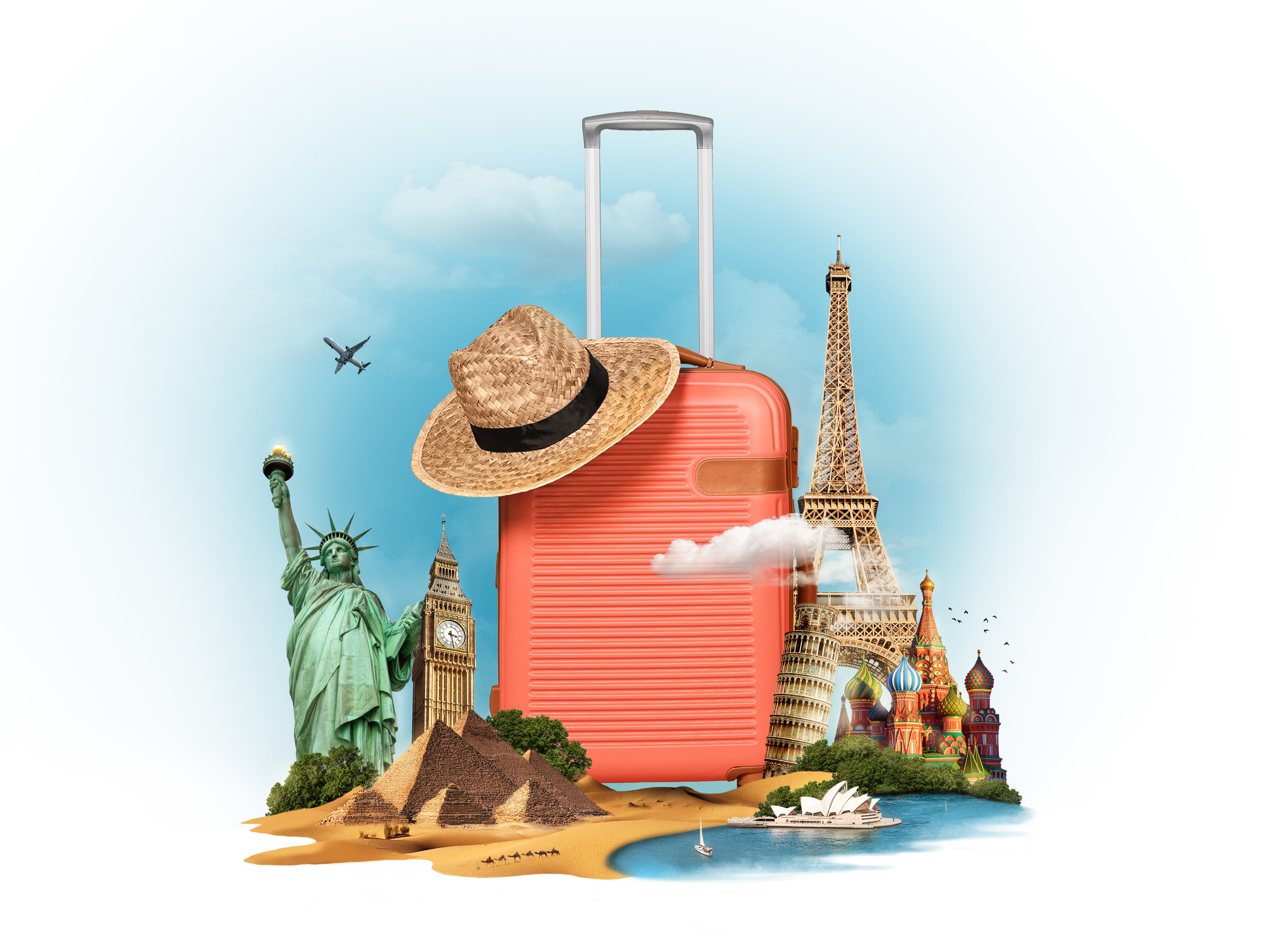Top Tourism Development Mistakes To Avoid

Top Tourism Development Mistakes To Avoid
When developing a tourism destination, it is essential to avoid making mistakes that could jeopardize the project’s success. Having worked in the tourist industry for more than fifteen years with tourism boards, development agencies, DMOs, tour companies, travel brands, and NGOs, we have seen a lot of what works and have even contributed to its creation. Along the way, we have also observed what fails and wastes resources. And yet, we frequently observe similar errors being made.
This concise “don’t make these tourist development blunders” essential guide on tourism development and investment was written to assist you in avoiding these typical mistakes.
If properly implemented at the appropriate stage of development or with the given resources, the following areas can be successful. Although they frequently offer “shiny object” attraction and are easy to fill project work plans, they frequently fail to deliver the desired or promised long-term effects. Instead, they function as money pits for tourist growth. This article will underscore some of the most common mistakes made in tourism development in order to help you avoid them.
- “Build it, and they will come.”
The first common mistake that is repeatedly made by Tourism development is “Build it, and they will come”. “Build it, and they will come” is a popular phrase that is often used in the tourism industry, especially when the goal is to attract visitors. It seems like a good idea at first glance. You just need to build something that people want to see, and they will come!
However, this approach doesn’t take into consideration all the possible scenarios that could happen during your development. It also doesn’t take into consideration how many times someone might visit your attraction after you’ve already built it.
- Blogger, Influencer and Media Campaigns
A tourism development mistake is not considering the needs of your customers when it comes to marketing and advertising your business. You need to know what kind of images work best for your target audience, as well as what kind of language will resonate with them best. Sometimes it’s good to be bold, but sometimes you need to be cautious.
With tourism being such an ample part of our economy, it’s important to make sure that we don’t waste money on ineffective campaigns. There are many ways to promote your tourism development, but one of the most common mistakes is promoting it too much. You don’t want to waste money on promotion if you’re not going to have enough money left over for infrastructure and services.
If you choose to invest in promotion, make sure that you’re investing in the right places: research shows that spending money on media campaigns is more effective than spending it on blogger outreach or influencer campaigns. Curate a proper strategy and implement it in a way that is effective and useful for your tourism project.
- Big, Flashy Websites
Minimal yet functional websites with targeted and high-quality content that answer basic traveler questions (especially for local destinations and regions) are extremely significant. They are one of the most important marketing tools that you can use to promote your destination. Mount Fiji A great website will attract visitors and encourage them to book their trips.
A lot of people make the mistake of going overboard when they design their websites. They try too hard to make it stand out from its competition and end up creating something that doesn’t work well for its purpose or isn’t very user-friendly at all. Sometimes it is so flashy that it distracts potential visitors.
What these people don’t understand is that when you put your site front and centre on your website, you’re telling tourists, “You have all the information you need about this destination already! Here are all these cool things for you to see and do.” That’s not helping anyone!
The best thing for tourism development professionals to do is give visitors as much information as possible about what they’re looking for—and then let them find it for themselves.

Big, Flashy Websites
- Tourism Offices and TICs
Offices and physical infrastructure might provide the impression of development, but they are frequently money-wasting showpieces. In high-traffic areas, a carefully stocked Tourist Information Center (TIC) or DMO office may eventually make sense.
However, particularly in the early stages of tourism development, tourism offices frequently spend too much time and money renting or building a perfect office that is located far from where real prospective tourists are conducting their research, requesting information, and making reservations — online in the digital world. In digital environments, where tourists study places, make plans, and book experiences, the real effort is to identify their pain spots and provide solutions.

- Trade Fairs and Trade Shows
While attending a trade show (such as ITB Berlin or WTM) and even having a booth can be a beneficial investment, it is typically a poorly planned, badly positioned waste of money because study and preparation are frequently disregarded and purposefully avoided. This “build it and they will come” perception reappears once more. Not everyone will come to find you just because you have a lovely stand.
Instead, the preparation that takes place in advance, such as finding pertinent business connections, scheduling proper meetings, and creating a compelling pitch, is what makes attending trade fairs productive. It also helps to have the right product, experience, and destination placement to provide.

- Big Branding Campaigns
Big Branding Campaigns are another mistake by Tourism Development. A big branding campaign should be a way to increase awareness about a city, but it also needs to be an effective tool for tourism development.
While branding and positioning are crucial, there is a strong temptation to mistakenly believe that branding is only about visual cues and logos when in fact, it is first and foremost about content and identity. In tourism development, quick and dirty branding work in line with market trends and demands can be done in conjunction and parallel to other work (e.g., capacity building, destination strategy, product development) — provided it’s done by someone who knows what they are doing.










